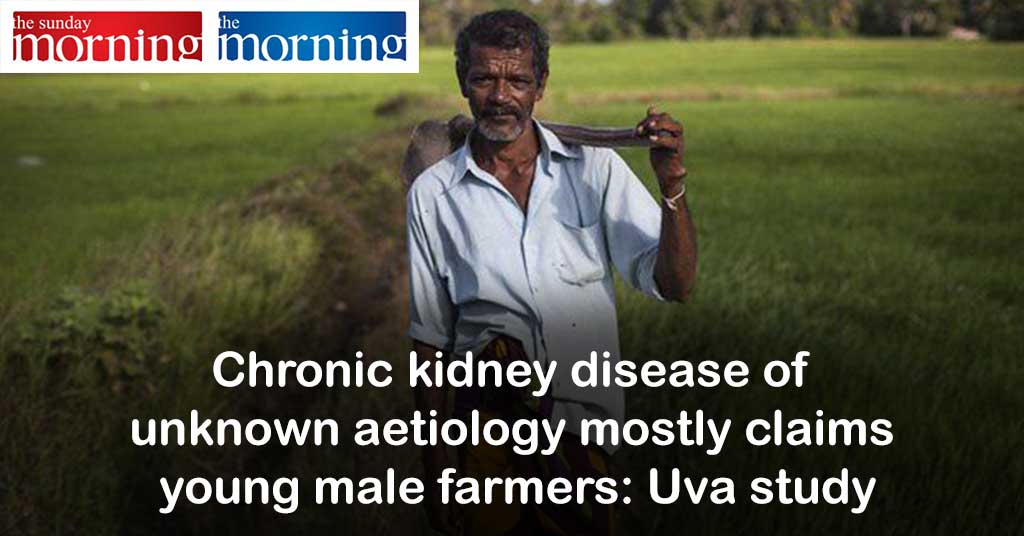Robert Rope1,* , Nishantha Nanayakkara2,* , Abdul Wazil2, Sewmini Dickowita2, Rajitha Abeyeskera2, Lishanthe Gunerathne3, Dinuka Adoosoriya2, Nishamani Karunasena2, Chrarake Rathnayake2, Shuchi Anand1, and Anjali Saxena1,4
1Division of Nephrology, Stanford University School of Medicine, Palo Alto, CA USA
2Teaching Hospital, Kandy, Sri Lanka; Renal Care & Research Unit
3Girandurukotte, Sri Lanka
4Division of Nephrology, Santa Clara Valley Medical Center, San Jose, CA USA
Abstract
Background: Despite growing need, treatment for end-stage renal disease is limited in low- and middle-income countries due to resource restraints. We describe the development of an educational curriculum and quality improvement program to support continuous ambulatory peritoneal dialysis (CAPD) performed primarily by non-nephrology providers in Sri Lanka.
Methods: We developed a program of education, outcome tracking, and expert consultation to support providers in Kandy, Sri Lanka. Education included videos and in-person didactics covering core topics in CAPD. Event-tracking sheets recorded root causes and management of infections and hospitalizations. Conferences reviewed clinical cases and overall clinic management. We evaluated the patient census, peritonitis rates, and root causes and management of infections over 1 year.
Results: The curriculum was published through the International Society of Nephrology online academy. High provider turnover limited curriculum assessments. The CAPD patient census rose from 63 to 116 during the year. The peritonitis rate declined significantly, from 0.8 episodes per patient-year in the first 6 months to 0.4 in the latter 6 months, though the most common root causes of peritonitis, related to contamination events and hygiene, persisted. The appropriate ascertainment of culture data and prescription of antibiotics also increased.
Conclusions: Our project supported the expansion of a CAPD program in a resource-limited setting, while also improving peritonitis outcomes. Ongoing challenges include ensuring a durable educational system for rotating providers, tracking outcomes beyond peritonitis, and formalizing management protocols. Our program can serve as an example of how established dialysis programs can support the burgeoning work of providers in resource-limited setting.
Keywords: Peritoneal dialysis; chronic kidney disease of unknown origin; continuous ambulatory peritoneal dialysis; low- and middle-income countries; peritonitis; quality improvement.

